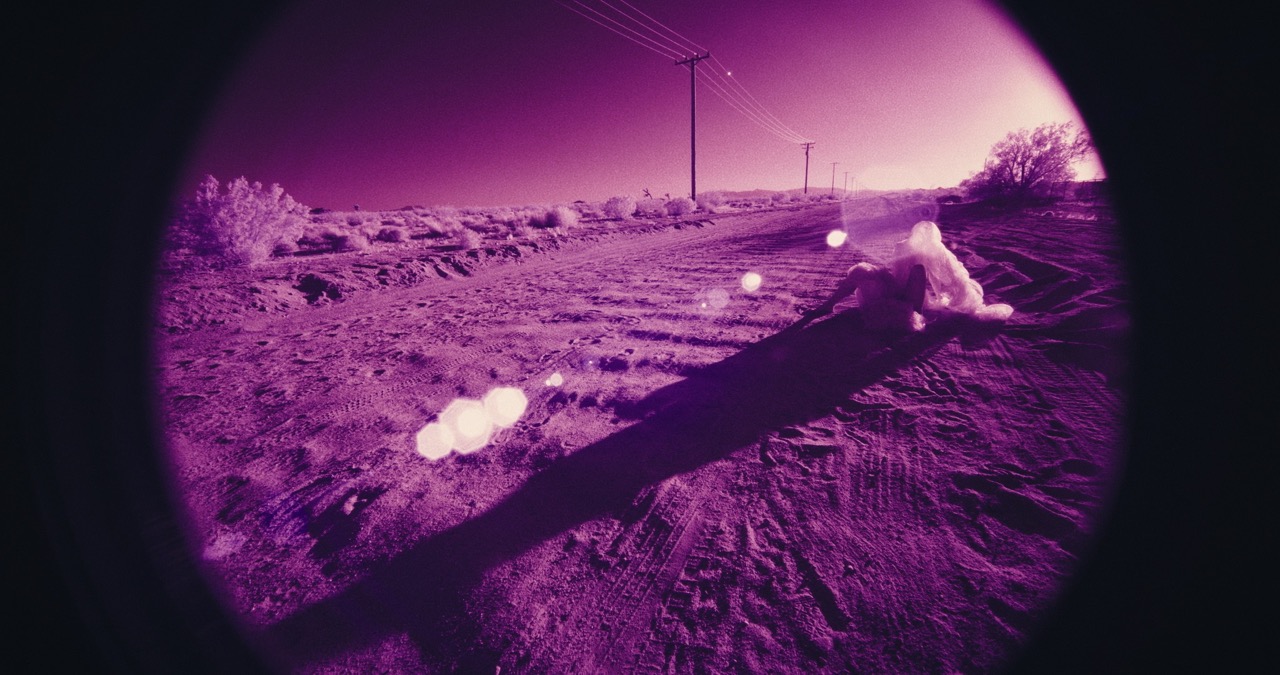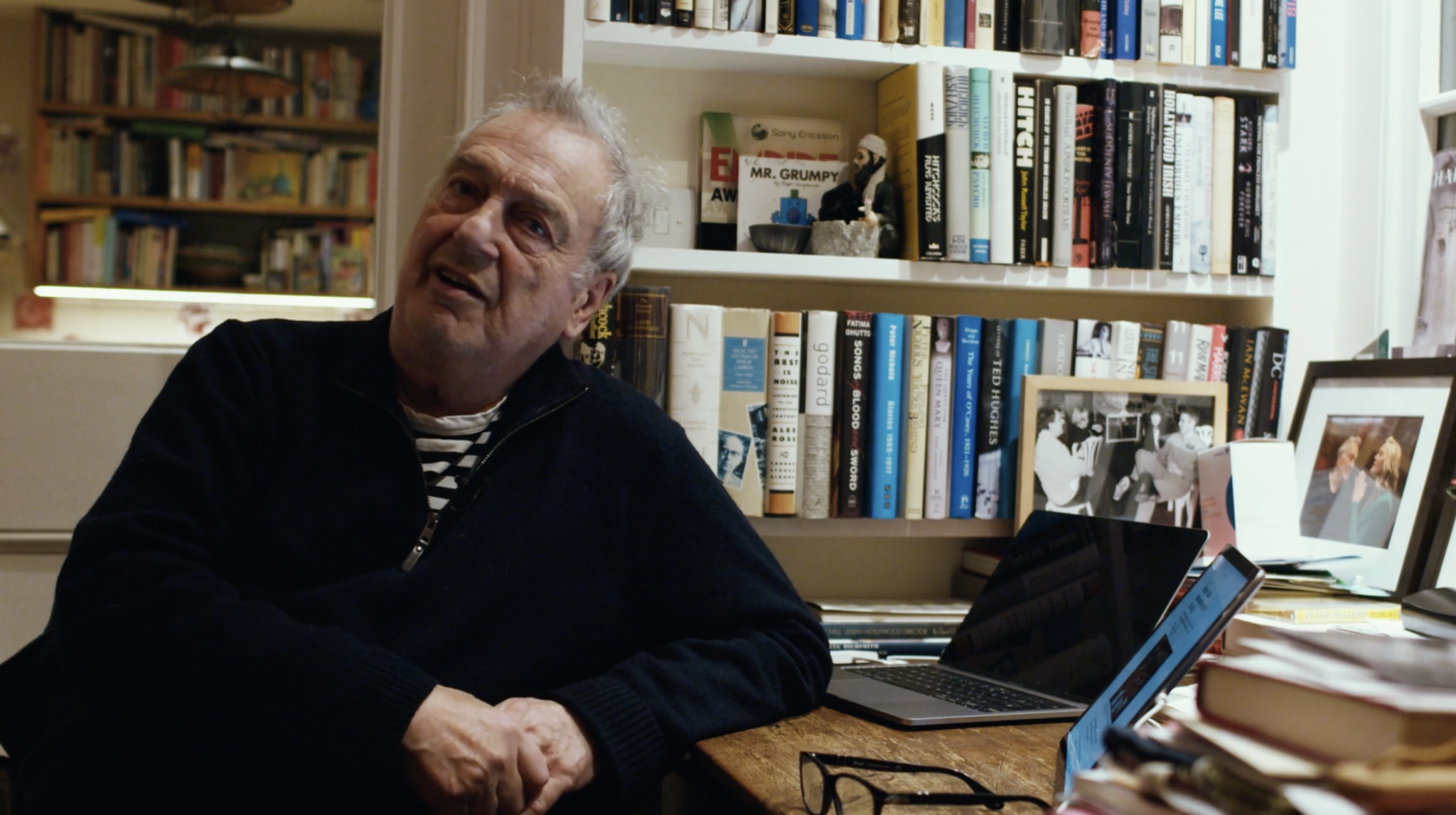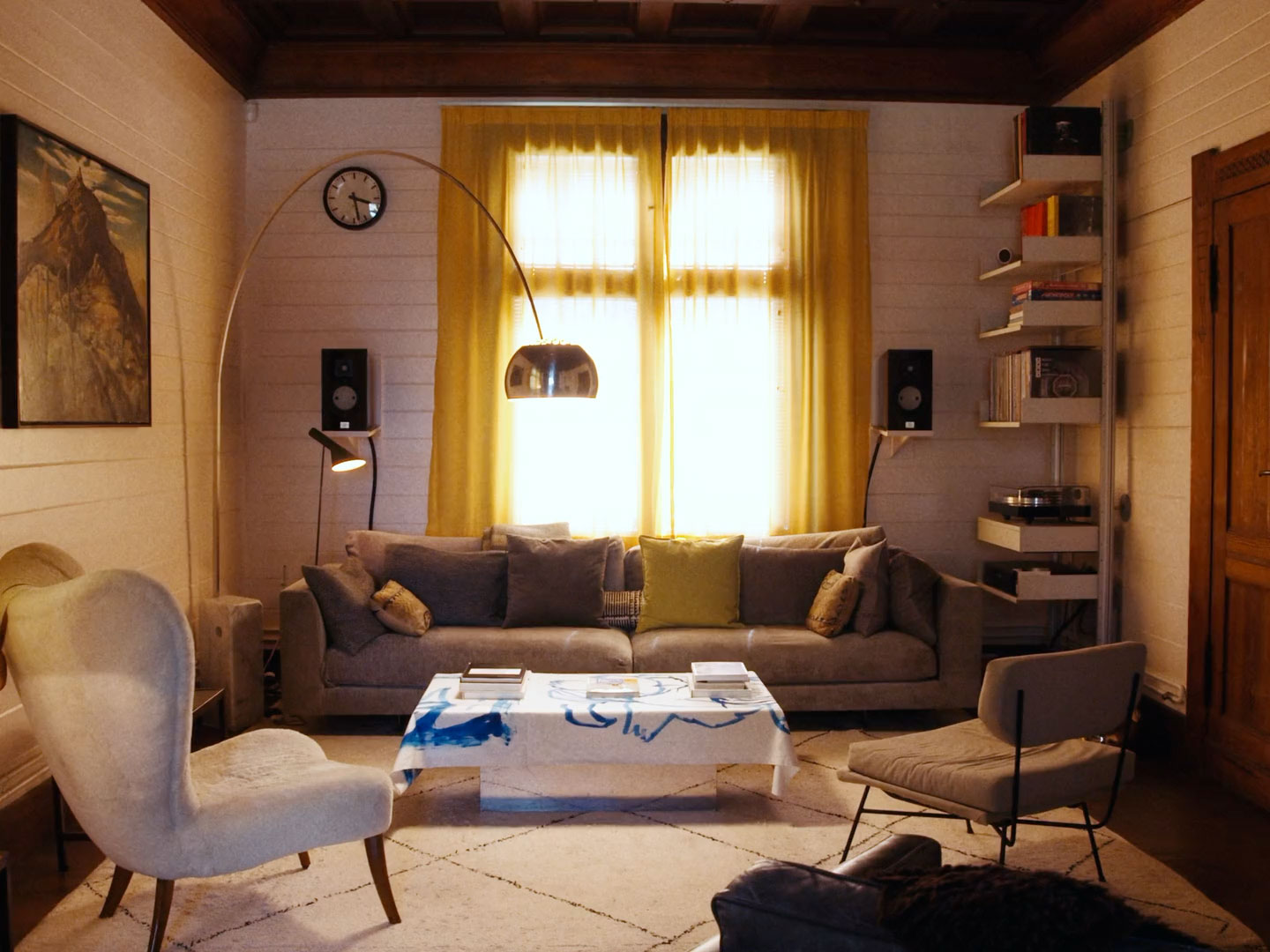

On my first visit to Le Sud, there was a sense of already having been. My then-girlfriend Gabrielle, a proud Provençal from Aix, suggested we take a bus from her bourgeois town, along the coast, and into Marseille (or the “heart of darkness” as she called it, with a haughtiness typical of the Aixois). A carousel of landscapes – all unlike the other – unfolded through the window, all familiar to the images I had seen in French cinema. I saw Maurice Pialat’s sirens wandering along those lavender fields, and then Monsieur Hulot haphazardly making his way to the seaside, leaving behind him a comical wake of chaos.
I started to think of a type of film unique to French cinema. It is not a genre, but a thematic grouping. The vacance flick is itself unique to France. There isn’t a distinct style or an auteur, but it reveals how the country’s philosophical and existential ideas bleed into, what is on the surface, a simple summer holiday. These movies are ingenious at pretending everything is fine at the start — all suntans and bawdy romance — before unloading tension, distrust, and fear. Perhaps it says something about the nation’s relationship with taking time off.
Instead of reaching Marseille, we departed to have lunch by the Calanques. The site overlooked a stretch of beach that was haunted on all sides by wide cliffs, trapping a narrow pool of sea like embracing arms. “Quite similar to Pierrot le Fou, isn’t it?” I said to Gabrielle, imagining myself, rather fancifully, as a sort of Belmondo, and her as Anna Karinina. “It was filmed not far from here,” she replied, “… not here, but not far.” The spot where we ate our sandwiches was shaded by a small forest of acacia trees. There is a scene from Pierrot Le Fou in a forest like this one – right next to the Calanques – where Anna Karinina sings to Belmondo. I think it might have been that same forest.
Pierrot le Fou depicts the irony of escaping to Le Sud; the terrifying hysteric rattling of cicadas and funereal peonies or wild wisteria. Going on holiday is supposed to be a happy time, but in the vacance film, Plein Soleil and La Piscine are others, we enter an abstract realm, where sexual taboos and murder are as prominent as the sun loungers.
Where I come from, the vacance film doesn’t exist. I can vaguely remember a Carry On Camping DVD at my grandmother’s house, and I have always adored Withnail and I. But the domestic trip in British cinema is more of a farcical set-up than a romantic one. Off the top of my head, I can count just a few. Here in France, it is about stepping out of the daily grind of the city (as in Rohmer’s Green Ray) and entering another world, where life feels like it drags for a million years. Time stops here. Colour exhausts the gaze; with fruits, floral skirts, and blots of sea on the horizon, as the Mistral wind strokes away sweat and weakens the overbearing midday heat. Nights are spent drinking soft wine or strong pastis. When you have sex in the south of France, it is often beside lavender fields or in swimming pools.
Perhaps this natural sensuality is why there is something erotically-charged about the vacance film, and why it is uniquely French (and to a lesser-extent, Italian). Both Rohmer and Maurice Pialat engage hedonistic themes, savouring taboos; some of which are morally wrong. In Pauline on the Beach, 14-year-old Pauline is almost coaxed by her cousin into losing her virginity to an older man. In A Nos Amours, a father hints at incestual desires for his daughter. On the vacance, we are challenged to pretend that this is somewhat okay; that hedonism and taboo are fine; existing as a hazy, curious summer dream, forgotten the moment we board our RER to Paris. The liberal nature of many petit-bourgeois French families is captured when they are at their most free and dysfunctional. They are captured on their holiday.
This dysfunction can be comical, too. Aside from M. Hulot’s Holiday, the oeuvre of Louis de Funès is full of sunny mishaps that allow us to laugh in the face of drama; whisking us to the most beautiful locales (calamity is much easier to bear when it’s nice out). The Troops of St. Tropez is full of this sort of humour. The Sucker is complete with crooks and seduction. For Gabrielle’s family – and I assume that for many other families in France – his films have become a sort of tonic.
By the time we reached Marseille, it was the late afternoon. Towering flats came into view, surrounding the harbour like jealous titans, as the road shrugged off the green fields and villages. On first impression, Marseille is hopeless. As we enter the city, it becomes tragically beautiful, in the same way that other decayed, violent Mediterranean port towns (like Naples and Thessaloniki) are. After a beer in Le Panier, we went to seek out Marcel Pagnol’s version of the city. There are films that evoke a place in such a fashion that will define its setting forever, as powerful and permanent as even the architecture. La Dolce Vita in Rome is one such example. Breathless in Paris. Pagnol’s silent Marseille Trilogy (1931 – 1936) is another. Perhaps I’m being too much of an idealist, but even after a hundred years – if one squints at the port, the vitrines, hanging clothes, and cafes – you can imagine Marius (Pierre Fresnay) and the lovely Fanny (Orane Demazis) still here.
Four men, arrested by tough gendarmes, lie face-down on the pavement near Bir Hakeim. It’s a reality check that snaps me out of my nonsensical make-believe. “In Marseille, something always happens,” Gabrielle tells me, “There are people in Arles who will never come here in their life.” Apparently, Arles is just an hour away by car.
Instead of the Pagnol romance, the city’s reputation makes it a living studio lot for street-crime and mafia dramas, or in the unfunny, but popular, Taxi franchise. There’s a recent adaptation of Marius and Fanny (2013) by Daniel Auteil that tries to capture the Marseille I want to see.
As it gets late, we head to the train station for our bus home. It should bring us back to Aix in time for dinner; in time for the table à la vacance, which at her house is a spread of small plates, appetising mouthfuls arranged on a gingham cloth. Every moment is felt, sings Nino Ferrer in his song, ‘Le Sud’. The tune doesn’t lie. The vacance films don’t lie, either – they get it spot on. No wonder the French countryside is depicted as a place of freedom, hedonism, violence, humour, and sex. It only takes one day to see it, and to feel it, all.












